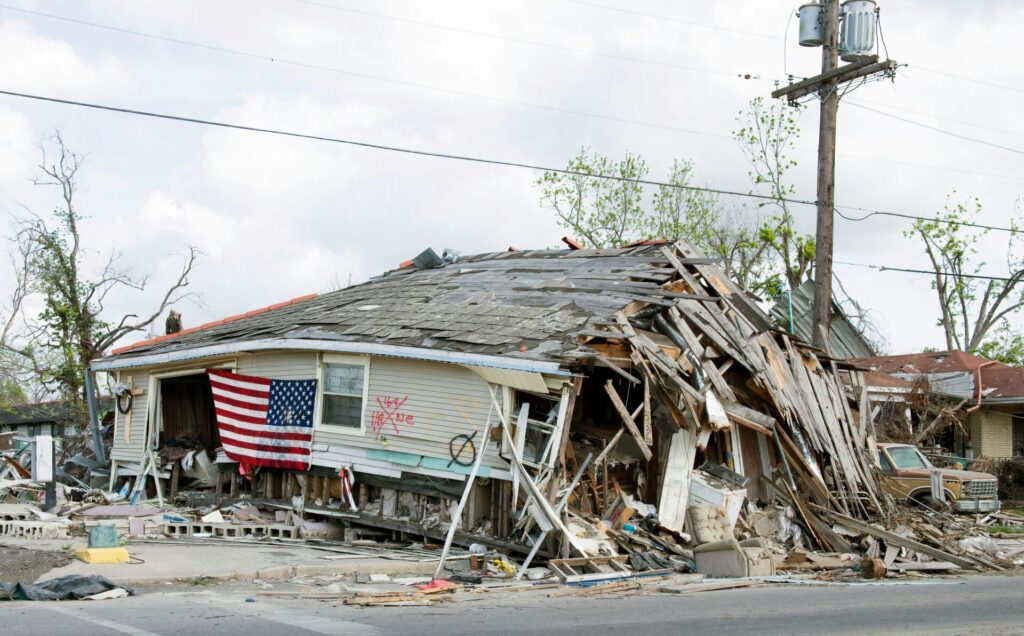Understanding the Rise of Extreme Weather
Extreme weather events like hurricanes, floods, heatwaves, and droughts are intensifying due to climate change. Rising global temperatures, driven by greenhouse gas emissions, create imbalances in natural systems. Warmer oceans fuel more intense storms, while changing precipitation patterns exacerbate droughts and cause heavier rainfall in other areas.
Adding to this, sea-level rise amplifies the impact of extreme weather. Higher seas lead to more severe coastal flooding during storms, threatening millions of people living in low-lying regions.
Impacts on Communities, Ecosystems, and Coastlines
The consequences of extreme weather events are vast and interconnected:
- Human Communities: Storm surges and rising seas displace coastal populations, while droughts heighten water scarcity, especially in vulnerable regions.
- Infrastructure: Floods and hurricanes damage roads, bridges, and power lines, leading to costly repairs and disruptions. In coastal cities, sea-level rise threatens to submerge critical infrastructure permanently.
- Agriculture: Droughts reduce crop yields, and saline intrusion from rising seas can render fertile lands unusable.
- Ecosystems: Heatwaves, wildfires, and floods disrupt habitats, endangering species and reducing biodiversity. Coastal ecosystems, like mangroves and coral reefs, are particularly at risk from rising waters.

The Domino Effect of Climate Hazards
Extreme weather events don’t occur in isolation—they are often interconnected. For example, prolonged droughts can lead to wildfires, which release massive amounts of carbon dioxide, exacerbating global warming. Similarly, heavy rainfall can trigger landslides, especially in regions with deforested slopes. Sea-level rise amplifies storm damage, compounding the effects of hurricanes and tsunamis.
How You Can Prepare and Mitigate
Addressing extreme weather and rising seas requires proactive steps:
- Disaster Preparedness: Develop an emergency plan, including evacuation routes and supply kits, especially if you live in a coastal or flood-prone area.
- Reduce Carbon Footprint: Use renewable energy, adopt sustainable transportation methods, and minimize waste to combat climate change.
- Advocate for Coastal Resilience: Support measures like restoring wetlands, building sea walls, and adopting nature-based solutions to reduce flood risks and buffer storm surges.
- Support Ecosystem Restoration: Plant trees, support reforestation, and conserve mangroves, which reduce the probability of heatwaves and protect shorelines from rising seas and storms.
Building a Resilient Future
The growing threat of extreme weather and rising seas demands immediate action. Governments and organizations must implement large-scale mitigation strategies, but individual efforts also play a critical role. By adopting sustainable practices and advocating for climate-friendly policies, we can reduce the severity of future climate hazards and protect vulnerable communities and ecosystems.
Together, we can build a safer, more resilient planet.
You may like:
- How Microplastics Are Infiltrating Our Daily Lives
- How Minimalism Promotes Environmental Sustainability
- Why We Need To Conserve Water Despite Earth’s Abundance
Follow Us: